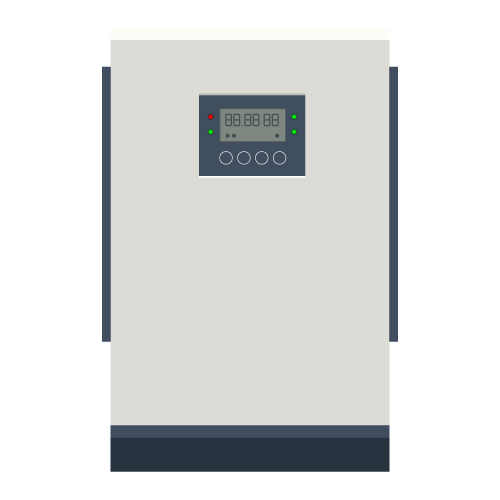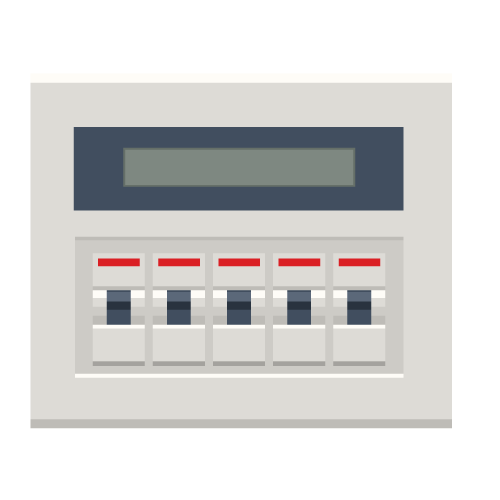How do commercial solar panels work?
- 11 Jul 2022
- 0 Comments

Solar photovoltaic (PV) systems convert sunlight directly into electricity. By connecting to a farm’s electrical system, the solar energy produced can be used to meet power demands including lighting and electrical farm equipment. Any surplus energy generated by the system can be exported to the National Grid for payment. Alternatively, the system can be installed with a battery component, allowing excess power to be stored and used later, for example, to support nighttime operations.
The main elements in a typical commercial solar system are as follows:


Panels
These convert sunlight into electricity and can be mounted on flat roofs, sloping roofs or on the ground for businesses with adjacent land. Rooftop installations can be accomplished using a simple ballast to hold the panels in place, using a dedicated mounting rack or by integrating the panels as part of the roof itself, replacing tiles or other roof panelling.


Inverter
This converts the direct current (DC) electricity produced by the solar panels into alternating current (AC) electricity used by buildings and appliances. The inverter can be installed at a convenient location on site.


Meter
Measures electricity generation, on-site consumption and how much energy is being exported to the grid. Meters typically come with monitoring software or applications that allow farm operators to measure system performance and identify any issues that may arise in the system.


Energy Storage
Comprises batteries designed to store any excess electricity generated using a solar PV system, allowing it to be used later. Smaller batteries can be installed at convenient locations on-site, while larger batteries may require external space, depending on the specific needs of the farm and its system.
As with any mechanical and electricity installation, a solar system should be regularly inspected and maintained by qualified professionals. However, a properly installed and maintained system should remain operational for at least 30 years.








